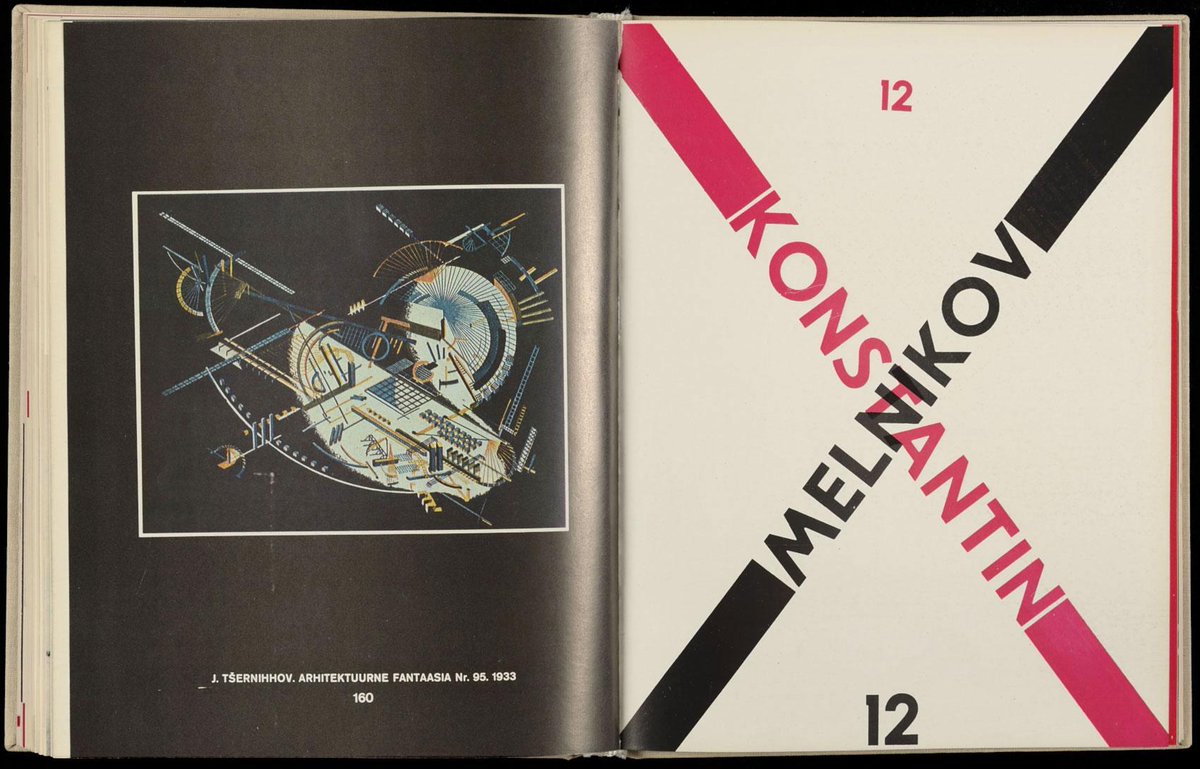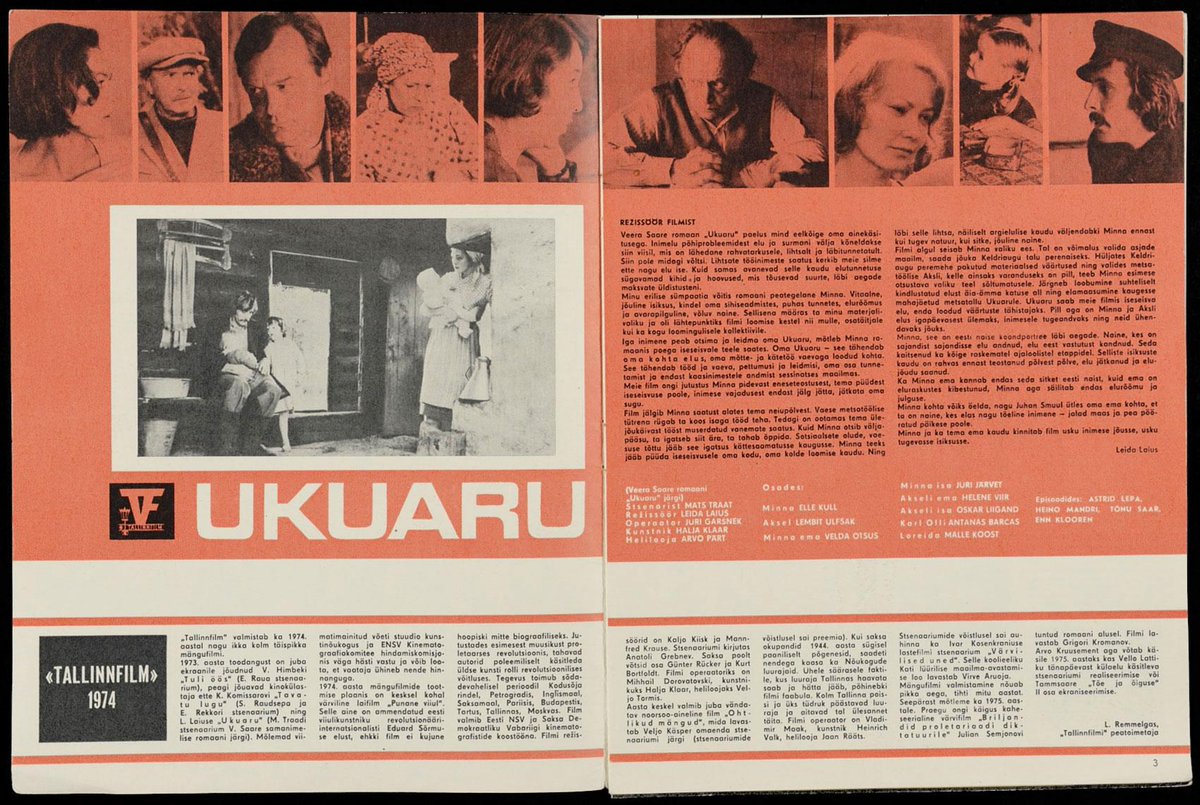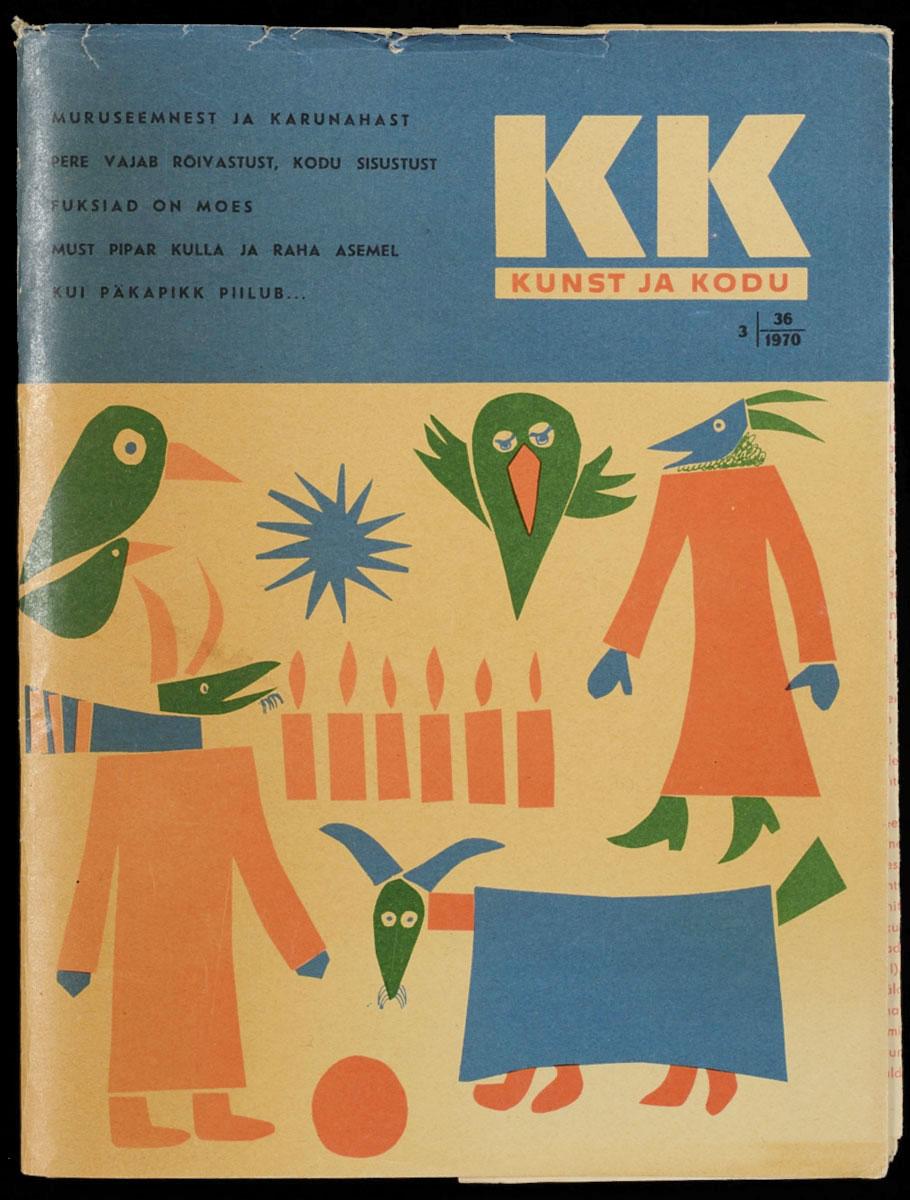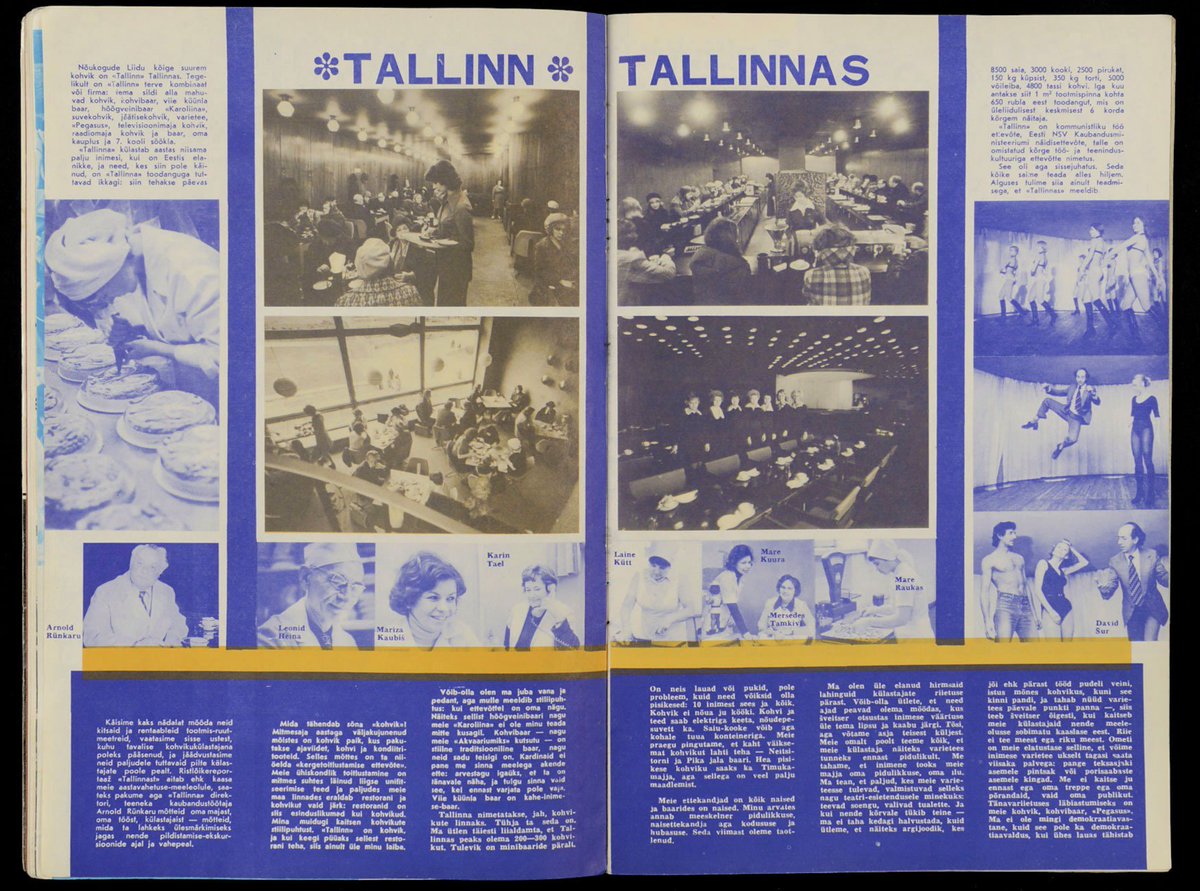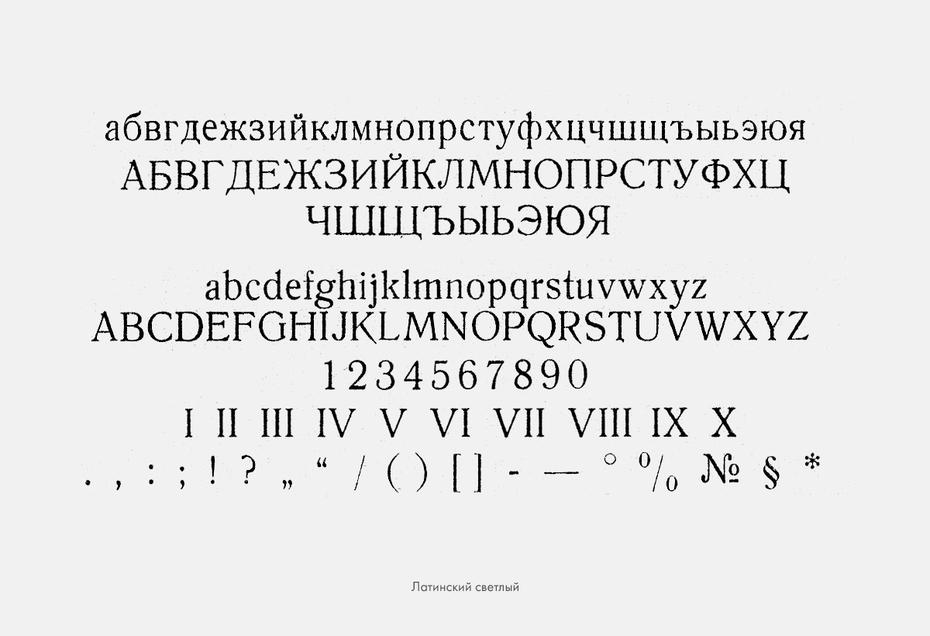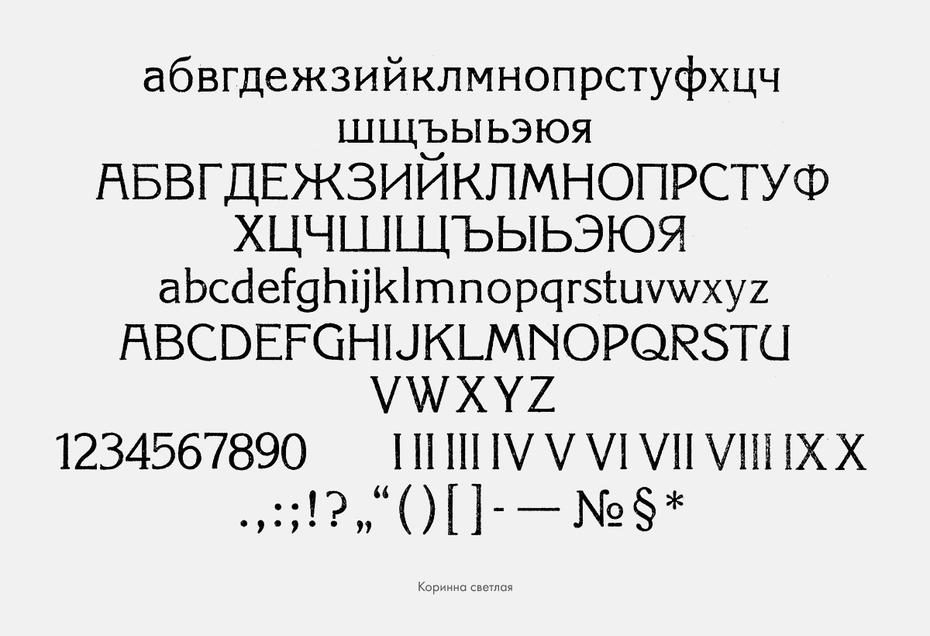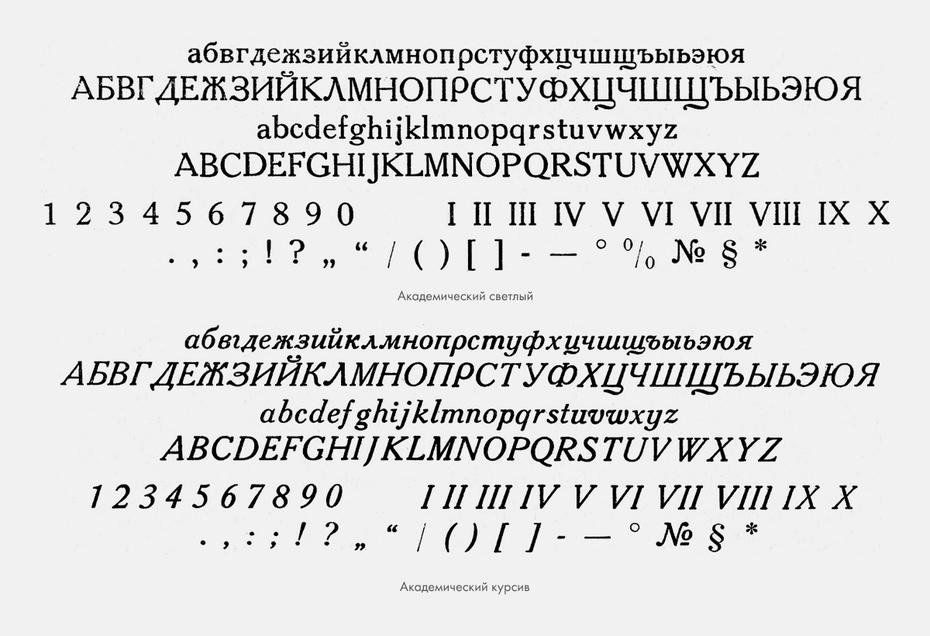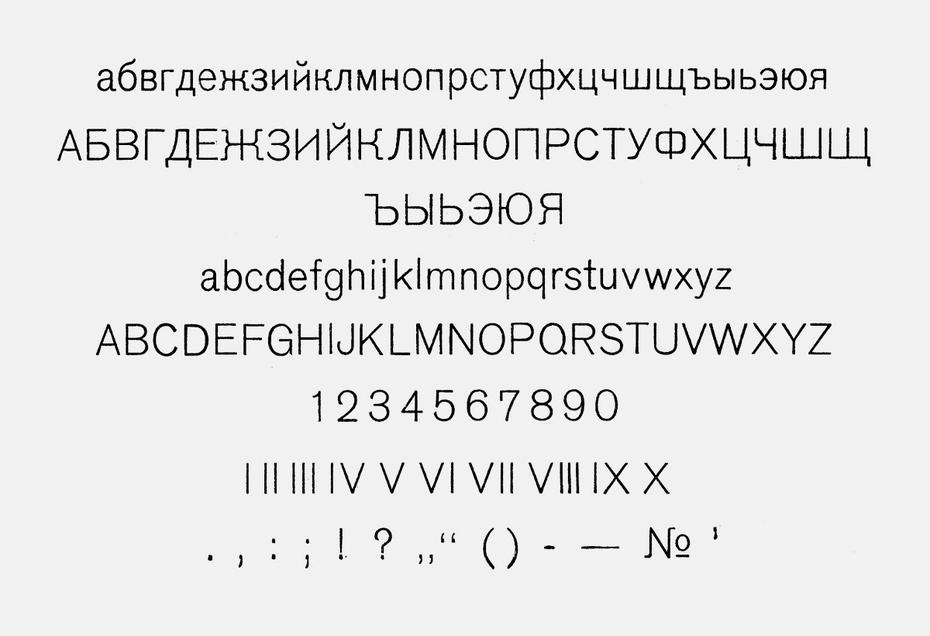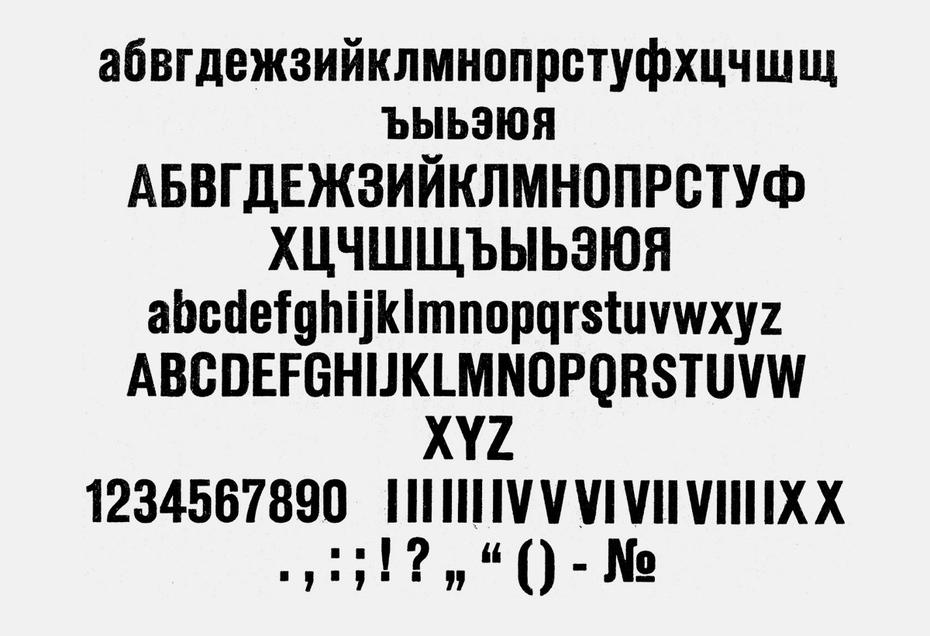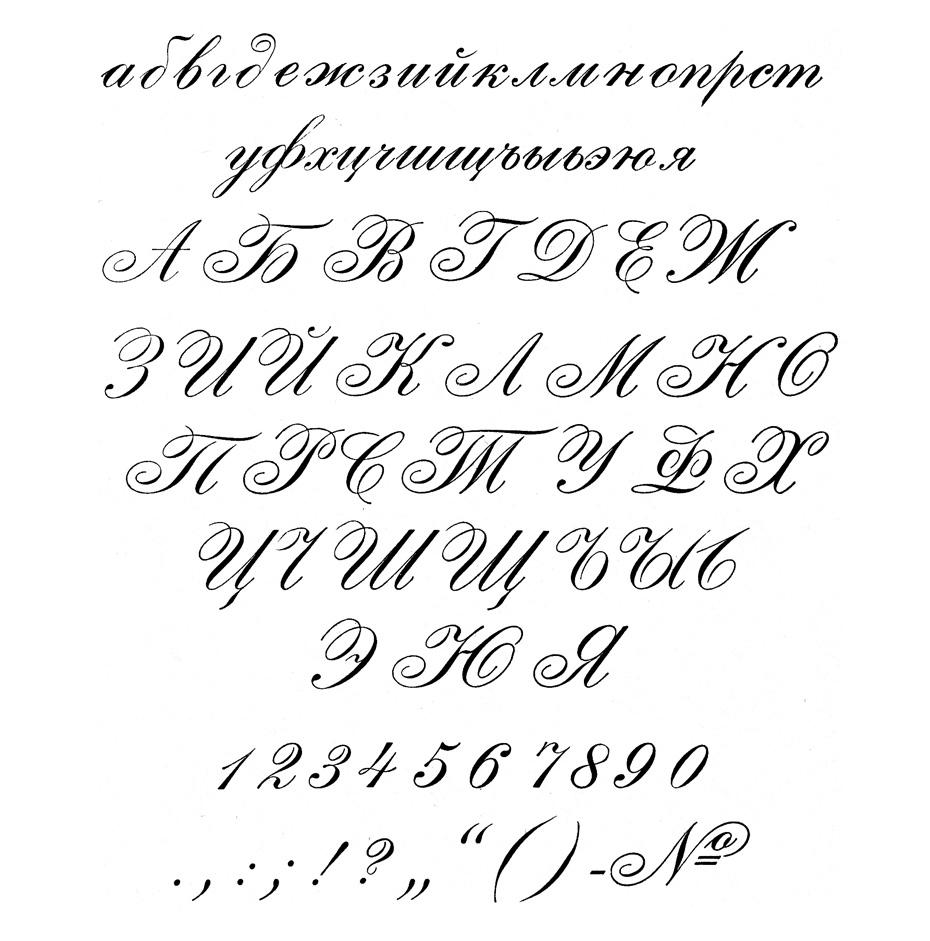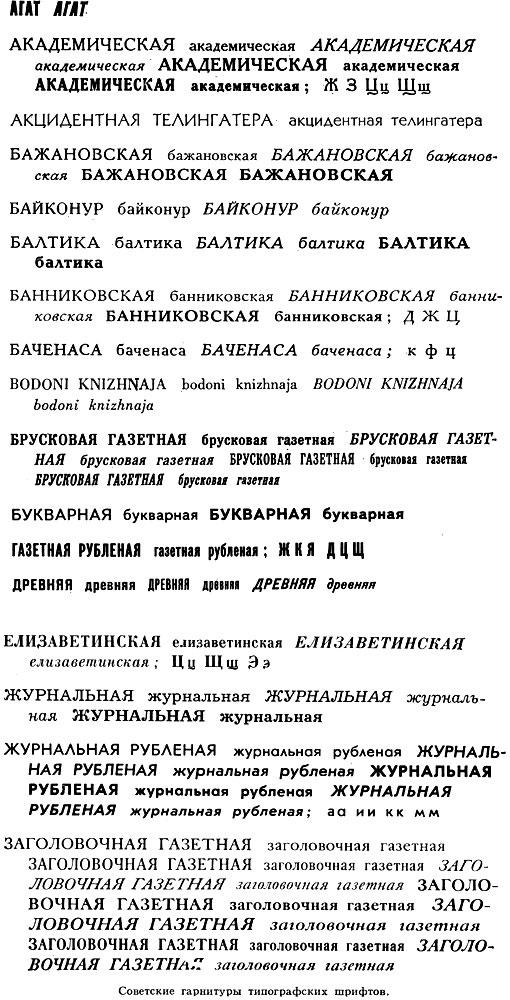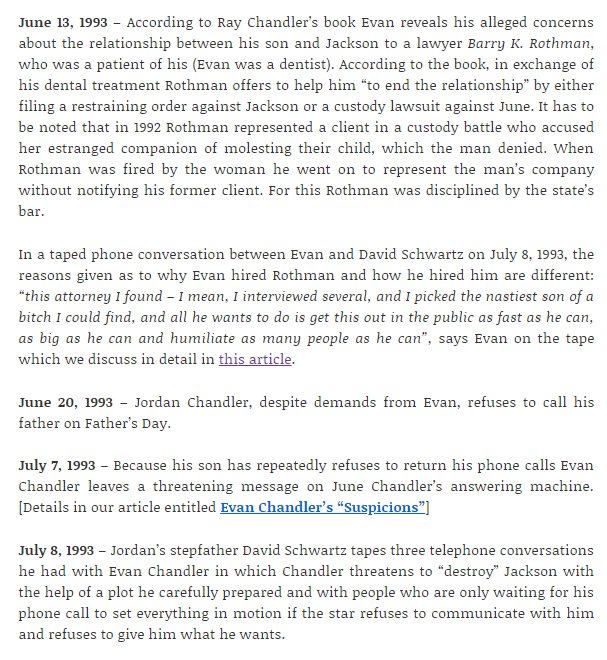After seeing @michaelbierut's post uncovering the name of the gorgeous typeface (Журнальная рубленая / Zhurnalnaya Roublennaya / Magazine Sans) used in @HBO #Chernobyl, I was inspired to do a deeper dive into Soviet typography.
The story of Zhurnalnaya itself is pretty interesting. Released in the 60s, it took inspiration from 30s typefaces like Erbar-Grotesk and Berhtold-Grotesk. Aside from #HBOChernobyl's custom cut, it has also been resurrected by @grillitype as GT Eesti.
fontsinuse.com/uses/12774/zhu…
Contrary to popular belief, there was more than one typeface allowed in the USSR. There were actually 39, all conveniently documented in ГОСТ 3489 «Шрифты типографские» - Government Standard 3489 "Fonts, Typographical" - first set in 1946.
ГОСТ 3489 replaced OST 1337 from 1932 (they started adding the G in the 40s). When OST 1337 was set, there was a large variety of type punches still left over from the Russian Empire. By the 40s and 50s, those punches had worn out, and new fonts had to be released.
Russian-speaking readers, and those who want to flip through more photos of the types, can do so here: typejournal.ru/articles/OST-1…
OST 1337 wasn't universal. Publication houses continued to use whatever they had lying around. But all the typographic movements of the 20s and 30s would meet the same fate that Russia's famous type foundries, like Lehmann's, did during WWI: converted for the war effort.
Which brings us back to ГОСТ 3489. It was created right after the war, as industry was demobilizing and a large amount of resources and know-how were being brought in from Eastern Europe (especially East German steel and disassembled factories, but also Polish, Baltic, etc)
ГОСТ 3489 would also change over time, just like OST 1337. But a number of typefaces remained included, and coasted all the way through to 1991 and beyond. Елизаветинская / Yelezavetinskaya / Elizabeth is available from ParaType even today!
paratype.ru/fonts/pt/eliza…

"Regular" did well - it even got a new cut in "Regular New" which was intended to replace the old one but, well, you know how it goes when updating legacy standards. In place of Uchebnaya, we got Schkolnaya (serif, below) and Bukvarnaya (sans, link gostbank.metaltorg.ru/data/12599.pdf)

Surprisingly, Bodoni was quite popular throughout as well. Unlike the various Berthold/Russian Imperial types, it wasn't even renamed! It does have some very nice Cyrillic characters.
The pangram you see occasionally used throughout the samples (the Russian equivalent of the quick brown fox sentence) is "please eat more of these soft French buns and drink more tea" which is just delightful.
Soviet typography was hardly the equivalent of the TV set with two channels. Designers wouldn't have access to the range of fonts the West did, but there were some of choices - and many of these typefaces were good enough to survive, at ParaType, GT, ITC, and other foundries
You can easily look the standards paperwork up yourselves by grabbing the codes off the Wikipedia page, Googling them, and then clicking on one of the totally legit Russian PDF hosting sites:
ru.wikipedia.org/wiki/%D0%93%D0…

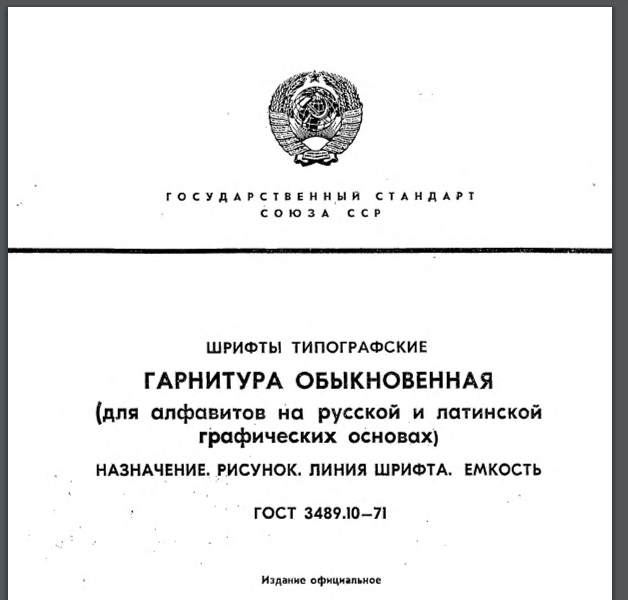
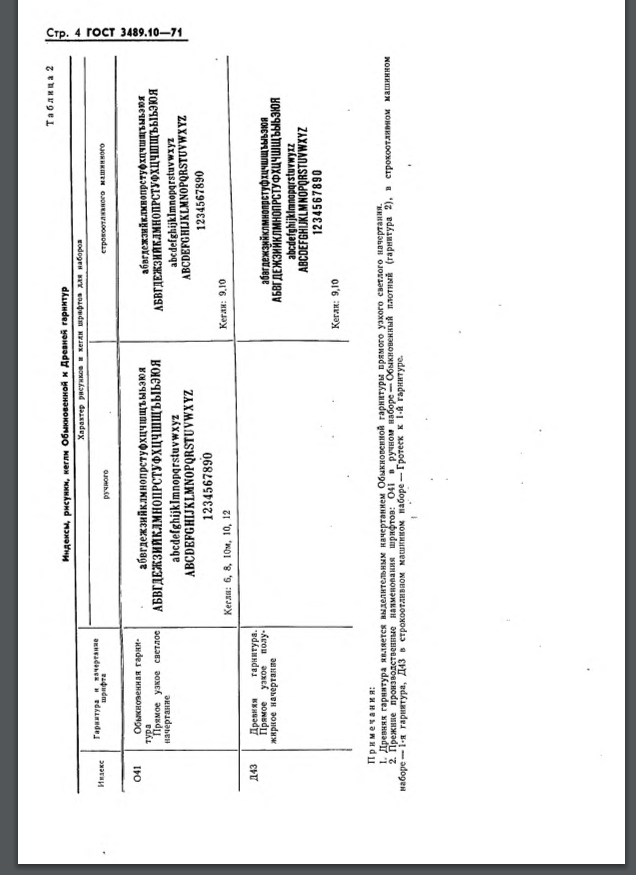
gt-eesti.com/origins.html
